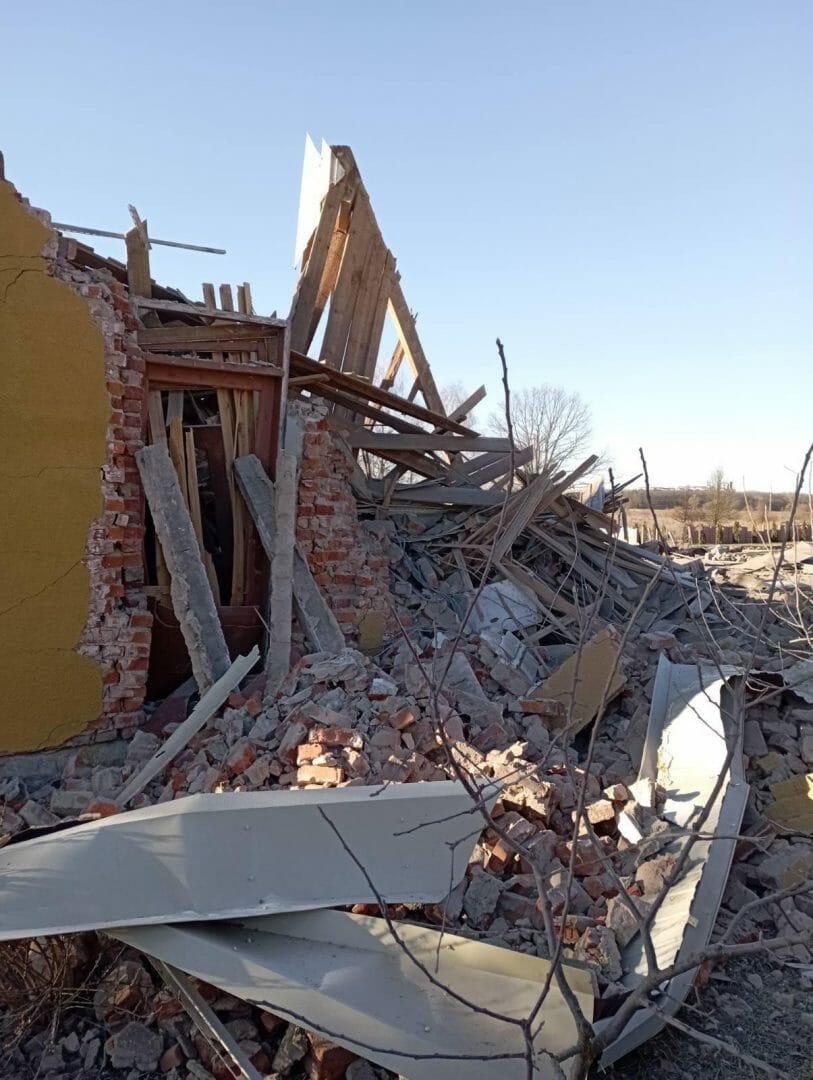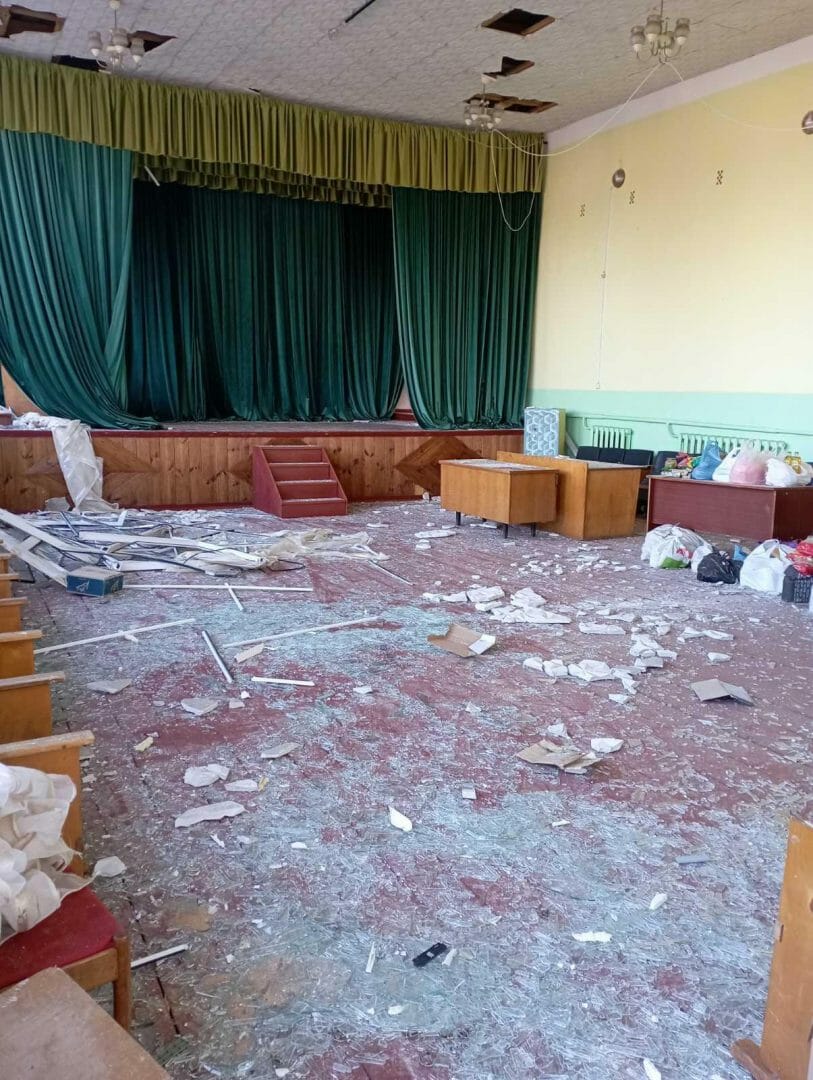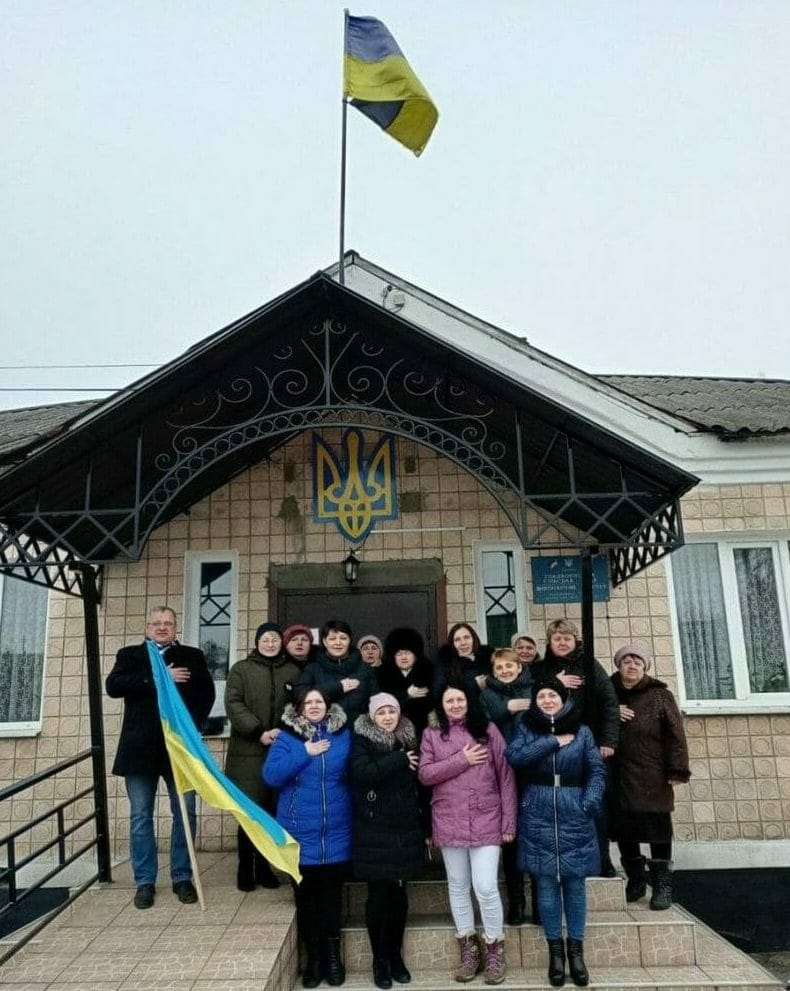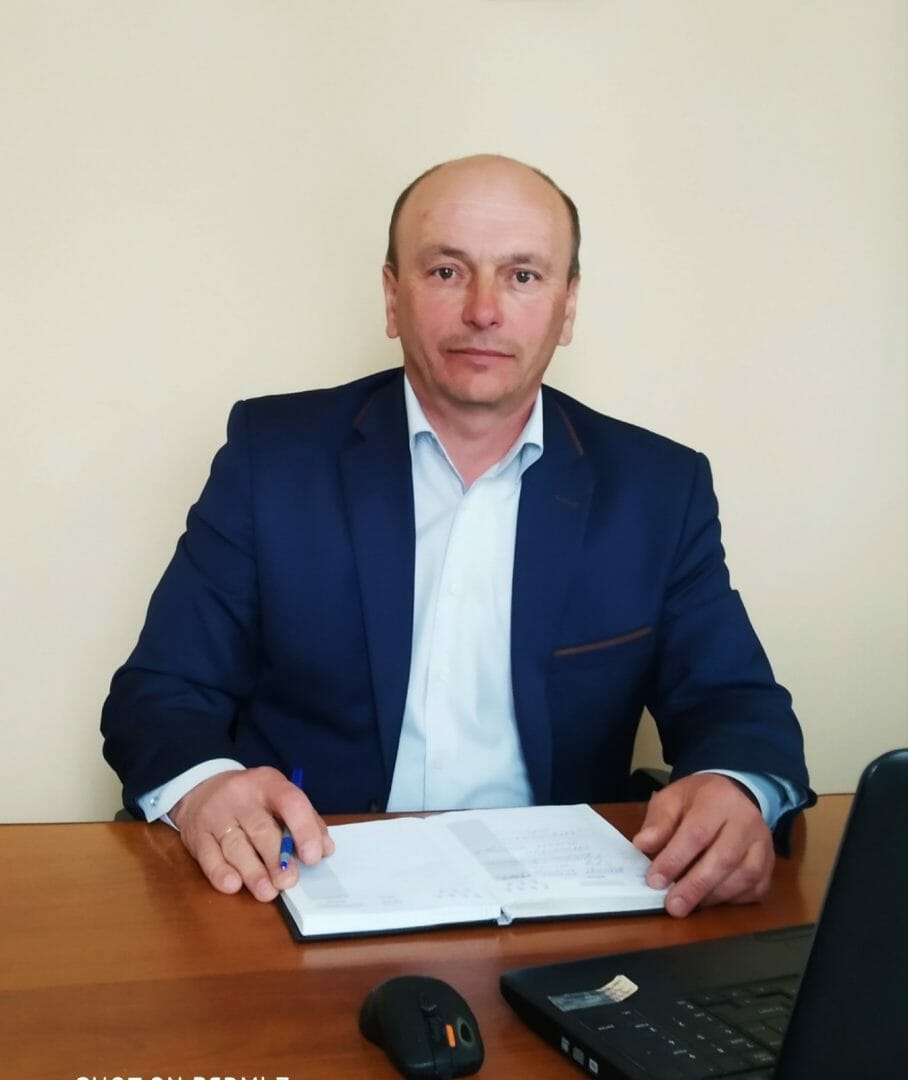This website uses cookies so that we can provide you with the best user experience possible. Cookie information is stored in your browser and performs functions such as recognising you when you return to our website and helping our team to understand which sections of the website you find most interesting and useful.
Hladkovychi

Population – 4,713
Women – 2,477
Men – 2,236
Children under 18 – 822
People with disabilities – 237
Internally displaced persons – 137
History
The history of Hladkovychi goes back to the times of Kyivan Rus when these lands were reigned by the Drevlians, or Early East Slavs. In the 13th century the settlements were virtually wiped out by the Mongol and Tartar incursions, thus Hladkovychi had to be rebuilt almost from scratch – on the ‘flattened” spot (“hladky” in Ukrainian) in the period of the Grand Duchy of Lithuania. Hence the origin of the contemporary name – Hladkovychi. This period was the time of great prosperity for this community.
Later, however, the Union of Lublin brought about Polish colonization of the land and increasing enserfment of local peasantry accompanied by severe ethnic and religious oppression, which also continued under the Russian empire. Even the formal abolishment of serfdom in 1861 turned to be an illusion since peasants did not receive any land ownership and were forced to pay backbreaking land taxes to fill in the imperial coffers.
Residents were actively mobilized to the army during both World Wars, and the Holodomor, the manmade famine in 1932-33 claimed lives of close to 300 people.
Equally tragic was the aftermath of the catastrophe at Chernobyl nuclear power plant that forced more than a third of community to leave their soil.

Quartzite mining
The Tovkachivsky mining and processing plant and the Ovruch Stone company specializing in the production of quartzites, aggregate, sand and crushed stone mix, and wood chips are major enterprises that offer jobs in the community. Their products are in high demand in metallurgy, road and railway track construction as well as capital construction.
Since mining industry provides significant employment for local population, it has become a tradition for Pershotravneve to become a venue for annual professional festival honoring miners each July.

Agriculture
Agriculture is an important sector of local economy. Today, two major agricultural companies lease land from local residents – Polissia-Silhosp-Agro and Dobrobut-Radchytsi – specializing in the production of grain, potatoes, vegetables, corn, sunflower and other crops. Apart from crop framing, Polissia-Silhosp-Agro also has livestock breeding and milk production.
In 2000, the local collective farm was reorganized into an agricultural limited liability company “Hladkovytske”.


Forests and development of green tourism
Forests are the key resource in Hladkovychi where the beautiful nature provides great potential for the development of green tourism. The Blue Lake hotel and restaurant in Hladkovychi is not only a favourite spot among locals but also attracts tourists from all over Ukraine and beyond. It also serves as a venue for annual gathering of bikers.


The municipality created a dendrological park with an unrivalled composition of tree and bush species in Zhytomyr oblast – 73 species have been collected and acclimated, including 40 non-local species.
Alongside its beautiful nature, tourists can also enjoy the local traditional cuisine in Panska Khata restaurant the menu for which was developed with the help of Yevhen Klopotenko, a renowned Ukrainian restaurateur. Here visitors can appreciate Ukrainian dishes in the atmosphere of a traditional Ukrainian peasant house.

Education and culture
The municipality has two secondary schools and two pre-schools, a library, an art school and Hladkovychi club. They all are actively engaged in the community’s cultural life. The traditional local Day of the Village is celebrated annually on October 14th, which is also the Day of Ukrainian Defenders and the Protection of the Mother of God. It has become a tradition to open the celebrations with a football tournament between the local Hladkovychi football club and the veterans’ team. Students at the local art school also actively contribute to the festivities.

Community and war
The village of Hladkovychi lies within mere 30 kilometres away from the border with Bilorus, thus being among the settlements most severely affected by the Russia’s military assault. From day one, air strikes and shelling were hitting the community every hour. Already on February 27th the overnight raid with rockets destroyed the village council, forestry, store, firefighters’ station, and greenhouse. The local administrative services centre was reduced to rubbles.
Radio Liberty’s footage of destruction in Hladkovychi.


“These air bombardments were absolutely senseless. There are no military bases here, no military equipment – only peaceful civilian population. In the first few days, the air raids were very frequent – sometimes two and sometimes even ten airplanes at once were making their raids every hour. These were followed by artillery shelling, you could hear canons and tanks,” recalls Mykola Bukhovets, the mayor of Hladkovychi village.





Mayor of Hladkovychi
Mykola Bukhovets is currently serving his third term as mayor of Hladkovychi. He was first elected in 2010 with the background in agricultural management.
“The history of Hladkovychi village, its distinct and original identity is part and parcel of Ukraine’s history. And history is made by people whose love and commitment to their land is worthy of deep respect. They live nearby – simple, kind, modest and hard-working people. They are not used to fame, but their daily work and joint efforts create a distinct, unlimitable image of Hladkovychi,” says Mykola Bukhovets, the mayor of Hladkovychi village, about local people.
Vision for the future
The overarching priority for the community is to rehabilitate and improve social infrastructure – schools, healthcare facilities, sports facilities – and to develop modern public spaces. If these objectives are properly addressed, it will help resolve the problem of human capital outflow. Hopefully, safe and comfortable living environment would encourage people to stay in their community.

Sources:
- Website
- Facebook page of Hladkovychi municipality (Pershotravneve, Hladkovychi, Lychmany)
- Pershyi Zhytomyrskyi new outlet
- Information provided by the community
- Wikipedia
